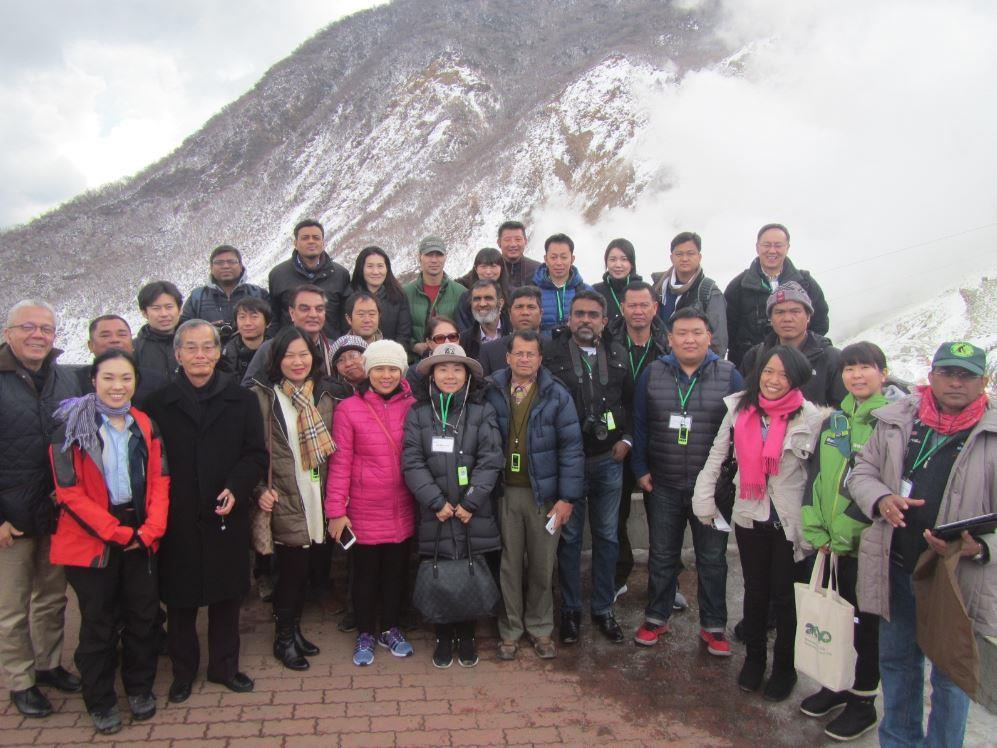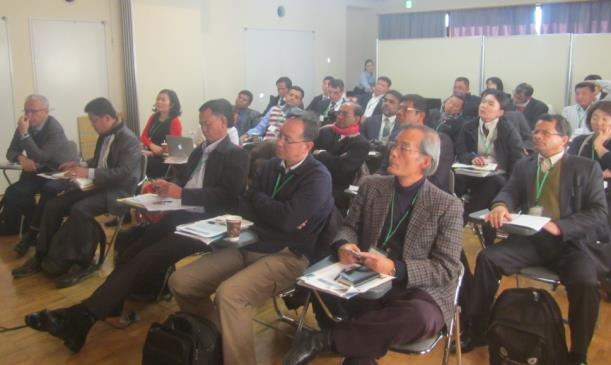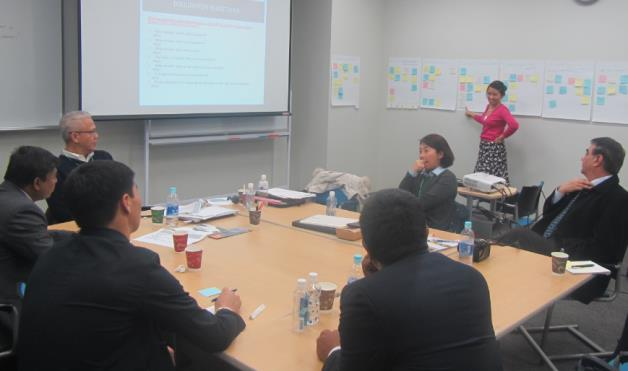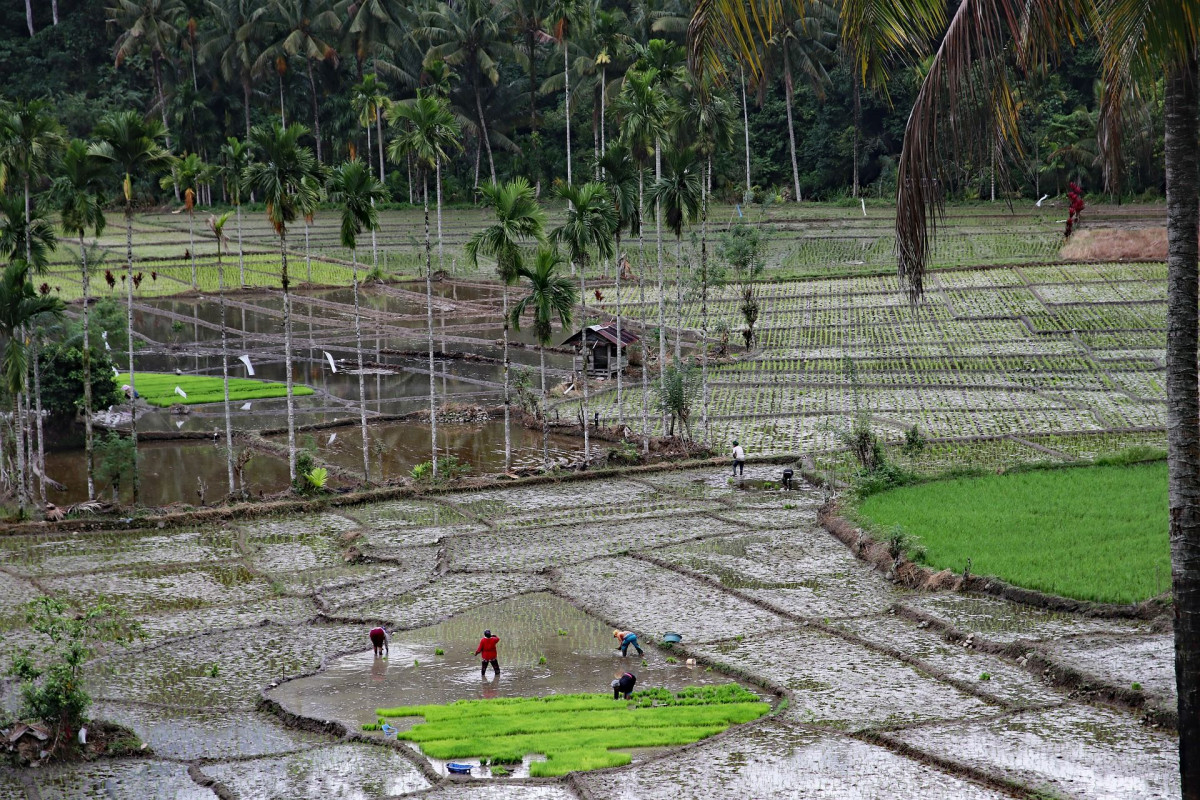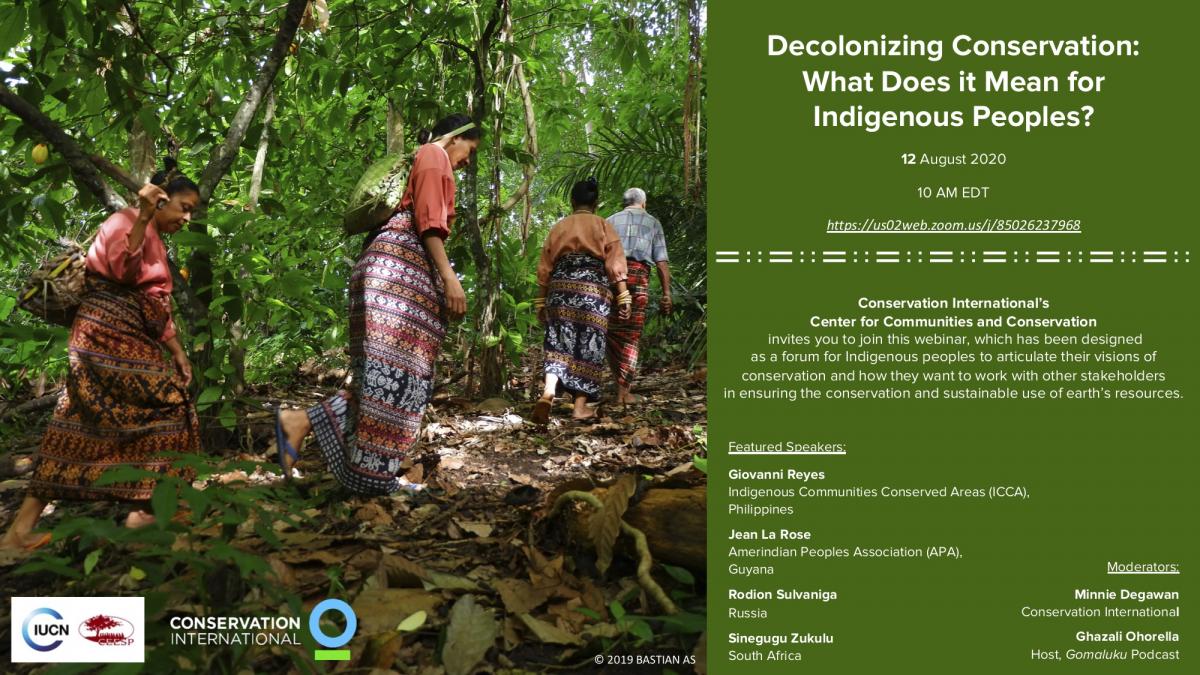Second APAP workshop: Collaborative management of protected areas emphasised
The importance of collaborative protected area management through active stakeholder engagement took centre stage at the second Asia Protected Areas Partnership (APAP) workshop held in Hakone, Japan from 13-15 February 2017.
Hosted by the Ministry of the Environment, Japan, the workshop brought together 22 conservation experts from 11 APAP member countries: Bangladesh, Bhutan, Cambodia, India, Korea, Mongolia, Myanmar, Nepal, Pakistan, Sri Lanka and Viet Nam.
APAP is an informal, regional platform for sharing best practices in protected area management. Among other goals, it seeks to provide a forum for exchange and learning among protected area managers, policy makers and academics across the region.
On the first day of the workshop, Ambassador Masahiko Horie, IUCN Regional Councillor for South and East Asia and Ambassador for Global Environmental Affairs, Ministry of Foreign Affairs, Japan gave a keynote speech during which he highlighted the progress made by each country towards achieving Aichi Target 11 on biodiversity conservation and the importance of addressing climate change impacts for protected areas.
“Climate change is having an increasing impact on biodiversity and natural ecosystems. It is now more important than ever to incorporate climate change considerations into protected area management in all countries,” said Ambassador Horie.
In their presentations, participants revealed that collaborative management takes various forms across Asia. While protected area management is mostly driven by the national government in some countries, other countries engage local communities more actively in planning, decision-making and management processes. Some countries, like Japan, promote the use of national parks for tourism, while others, like Thailand, promote benefit sharing so that local communities can become more active conservation actors.
Participants also pointed out that promoting active stakeholder engagement requires diverse incentives and initiatives depending on the type and level of the stakeholder. They agreed that a clear vision shared by stakeholders, with a focus on transparency, sustainable funding, good leadership, and developing common values can lead to successful collaborative management for the effective and equitable management of protected areas.
Staying in Hakone, which is part of the Fuji-Hakone-Izu National Park, provided participants with the opportunity to experience collaborative protected area management in Japan.
“The Fuji-Hakone-Izu National Park has numerous management challenges as it is one of the most visited protected areas in the country. 60% of the park is also privately owned by various people. This compels local governments and communities to collaborate and work together to protect the park,” said Ms Yuri Aihara, Officer, Hakone Nature Conservation Office, Ministry of the Environment Japan.
On the second day of the workshop, participants visited various places in Hakone to learn about the different environments within the park as well as how collaboration helps ensure that the park is managed sustainably.
From the visit to Sengokuhara, a marshland characterised by silver grass, participants learnt how to prevent the introduction and spread of invasive species through ecological management.
Participants also learnt about the park’s unique characteristics, such as its volcanic valley with craters and vents, during a trip to Owakudani, a popular tourist site. A visit to the Fujisan World Heritage Center and the Subaru Line (Station 1) also highlighted the need for effective practices that mutually benefit tourism and nature conservation, especially with regard to Mount Fuji, a world heritage site.
Through the site visits, presentations and discussion sessions, participants learnt about the importance of promoting active involvement of multi-stakeholder groups in achieving effective and sustainable management of protected areas.
A third technical workshop will be held in South Asia in the later half of this year.
Asia Protected Areas Partnership has been designed as a key platform to help governments and other stakeholders collaborate for more effective management of protected areas in the region. The partnership was initiated in 2013 at the first-ever Asia Parks Congress held in Japan, and formally launched the following year at the IUCN World Parks Congress in Australia. It is chaired by IUCN, International Union for Conservation of Nature, and co-chaired by an APAP member organisation on a rotational basis, beginning with the Ministry of the Environment, Japan.
